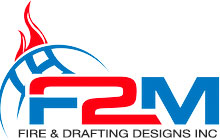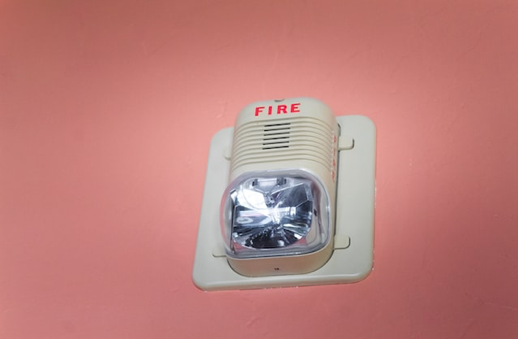Fire Sprinkler Dry Systems
Dry fire sprinkler systems are quite similar to wet ones and share several features. However, there are several differences too. For instance, pressurized air is present in the pipes rather than water. It is arguably the biggest advantage dry systems have over wet ones, as water can often freeze inside the pipes in cold temperatures.
Whenever there is a fire related emergency, the air inside the pipes departs the system, allowing the water to flow freely, and extinguishing the fire. It would help if you took immediate action when your commercial or residential property is on fire. You can call the fire brigade, but they often need time to reach your location. Designing and Installing a fire sprinkler system on your property is a wise choice often required by law.
These systems release water and can kill fire without taking too much time, making them a must for almost any property. One of the best things about a dry fire sprinkler system is that it can detect fire signs long before it takes over, alerting people inside the property. Once the system detects heat, its sprinkler head starts spraying water and suppresses the fire immediately.
What is a Fire Sprinkler Dry System?
Wet sprinklers contain water inside their pipes. On the other hand, the pipes in dry fire sprinkler systems don’t have water. Instead, they contain pressurized air, which forces the water out when there is a fire.
While wet sprinkler systems are quite effective, they may not be the best for northern climates, especially during winter. That’s because there isn’t enough heat in the pipes installed in garages and attics, causing the water to freeze. The frozen water sometimes causes the pipe to break, making wet fire sprinkler systems unusable. If you live without adequate heat, installing a fire sprinkler dry system is best.
Since these systems have pressurized air instead of water, you don’t have to worry about damaged pipes. The sprinkler heads will work when there is a fire, and put it off before it spreads.
How Does a Dry Fire Sprinkler System Work?
Dry fire sprinkler systems have a clapper valve to keep water from the pipes when they are not operational. The valves work like dams that collect water from the river when needed. They keep the dry and wet pipes separate, and the pressurized air in the dry pipes holds the water back. Whenever heat caused by fire starts melting the link situated on the sprinkler, its head releases air.
Once the air is released, there isn’t anything to hold the system’s clapper, which releases water in the dry system. This mechanism converts the dry system into a wet sprinkler system, causing it to spray water and extinguish the fire.

Additionally, once the heat starts melting the sprinkler head’s link, the fire alarm system of your property will sound off, calling the nearest fire department.
Fire Sprinkler Dry Systems: Final Thoughts
The right fire suppression system is vital for protecting properties and the people in them. While wet and dry fire sprinkler dry systems are quite effective, they may not be the best for certain locations. For instance, if you live somewhere cold, avoid getting a wet system and choose a dry one. Doing so will ensure that your sprinkler system is ready to go when there is a fire.
Get in touch with us at F2M Fire & Drafting Designs if you want an effective design for your dry fire sprinkler systems. Once on board, we will go above and beyond to ensure you get the right fire suppressing solution for your property.


[…] fire sprinkler wet systems, their uses, advantages, and what makes them different from their dry fire sprinkler system […]
[…] Dry pipe sprinkler systems are fundamentally similar to wet pipe systems, with the only difference being that they use vapors or gas instead of water. Once the sensor on the sprinkler head triggers because of the heat, it will start to release the smoke that will suppress or extinguish the fire. […]
[…] for spaces prone to freezing, dry pipe systems contain pressurized air or nitrogen in the pipes, which prevents water from entering until a […]